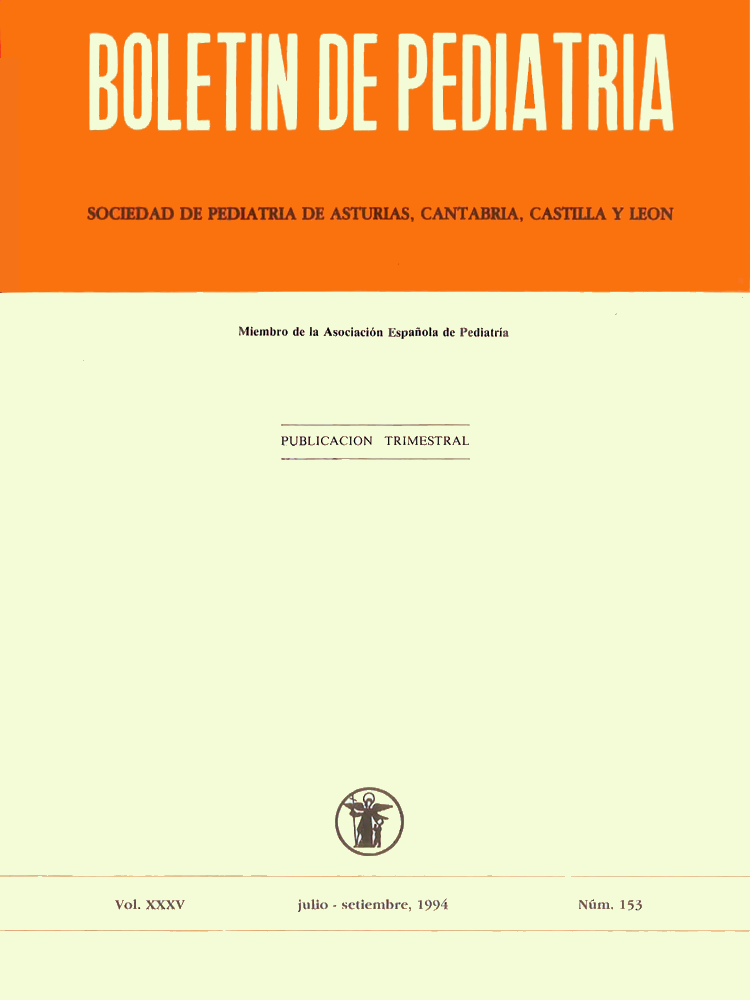Abstract
Human adenovirus have DNA as their genetic material. The outer covering of the virus is a protein coat, or capsid, containing 252 subunits called capsomeres, arranged in a icosahedral structure. Recently, the adenovirus family has been divided into two genera: adenovirus of mammals (mastadenoviruses), and those of birds (aviadenoviruses). Mastadenoviruses of humans have been further subdivided on the basis of antigenicity into subgenera and serotypes. Human adenoviruses infections are ubiquitous, alt hough there are slight variations in serotypes causing various syndromes in different parts of the world. There has been recent intense interest and investigative activity into the viral etiology of infantile diarrhea. These heve also been called «enteric» or «uncultivatable» adenovirus, but they have recently been serotyped and are now known as types 40 and 41. Much of the progress in this area has resulted from the use of electron microscopy and immune electron microscopy to identify virus pani cles morphologically and immunologically. A routine diagnosis involved the demons tration of adenovirus antigens in faeces for latex agglutination or that can be detec ted in an enzyme-linked immunosorbent assay. There are no specific drugs or therapeutic measures available for the treatment of adenovirus infections.

This work is licensed under a Creative Commons Attribution-NonCommercial 4.0 International License.
Copyright (c) 1994 Boletín de Pediatría
